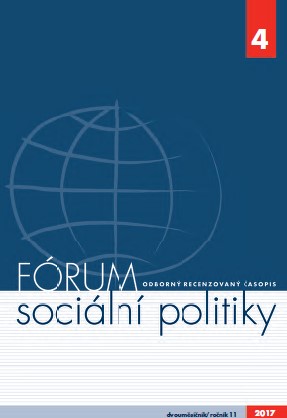Sociální determinanty prekarizace práce v evropských zemích
The social determinants of the precarisation of employment in European countries
Author(s): Tomáš Katrňák, Tomáš DosedělSubject(s): Labor relations, EU-Approach / EU-Accession / EU-Development, Human Resources in Economy, Socio-Economic Research, Labour and Social Security Law
Published by: Výzkumný ústav práce a sociálních věcí
Keywords: Labor Market; Precariat; Precarization; Work Conditions;
Summary/Abstract: The article deals with the problem of precarious work in the European Union countries. According to International Labor Organization definition, the work is precarious when the employee doesn't have appropriate job security. This includes for example temporary, part-time and short-term jobs. The utilized data come from the European Union Labor Force Survey (years 2000−2015) and support the hypothesis that the percentage of precarious work across European Union countries has risen from about 20% up to approximately 24% in the above mentioned period. In the times of financial crisis, the percentage of precarious work surprisingly fell, probably because the parttime employees are the easily expendable and thus easily displaceable - this supports the definitional premise that the precarious work doesn't give the employee sufficient job security. The second part of the analysis deals with the social determinants of precarious work. The authors analyze data from the European Union Labor Force Survey using logistic regression and find out that the most precarised groups of employees are women and people with lower education. This supports the technological change theory which proposes that even in the times of educational expansion is the labor market able to absorb rising number of university educated employees because new occupational positions have higher qualification requirements. Even the narrowing of the educational gender gap hasn't equalized the occupational gender gap yep. For women, the risk of precarization rises with their marriage and maternity, which supports the hypothesis concerning the persistent gender discrimination by employers. The average percentage of precarised jobs is slightly lower in the new European Union countries.
Journal: Fórum sociální politiky
- Issue Year: 2017
- Issue No: 4
- Page Range: 11-15
- Page Count: 5
- Language: Czech

